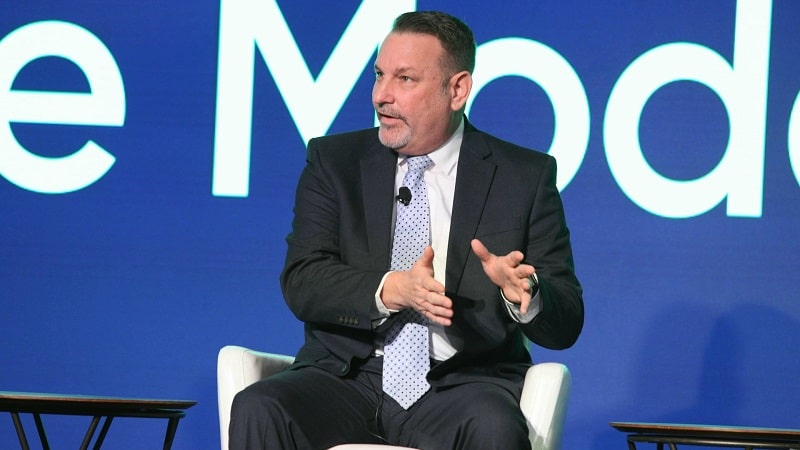
Federal agencies at all levels are undergoing digital transformations to meet their missions more effectively. However, a large part of being successful in this journey requires the people within the organization to be on board and adapt to the technology changes made, Federal IT leaders said during ServiceNow Federal Forum 2022 on Mar. 10.
Ensuring that mindset requires a culture that is open to discomfort and willing to change—an idea that is difficult to initiate within Federal agencies. Therefore, Federal IT leaders zeroed in on creating cultures within their agencies that allow for successful digital transformations.
Mark Patterson, the chief information officer (CIO) for the Department of Defense Education Activity (DoDEA), explained that their strategy to ensure a successful digital transformation involved three priority areas: people, processes, and platforms.
“That is how we addressed modernization because it was not just about systems, it was about this whole organizational change that was going to require us to digitally modernize,” said Patterson. “The first step is applying people to strategies before bringing in platforms because as an agency, we have a wide range of mindsets from those eager to innovate and bring in new platforms to those who were hesitant or completely against the idea.”
To accomplish this, the DoDEA created the Champions Program. The DoDEA Champions Program provides non-IT staff an opportunity to share feedback, recommendations, and insights with the IT personnel, IT leadership, and peers. The program directly influences the implementation or rollout of technology products and services at the agency.
“With this new initiative, we were developing innovators and pushing our employees to look for that transformation and be excited about it. The program is sliding the needle from 20 percent of the workforce ready to go with technology to larger percentages of the Department jumping on the bandwagon,” Patterson said.
In addition to the Champions Program, the DoDEA has developed training for all the platforms they utilize down to the lowest level of the agency to ensure more responsive efforts and increase innovation. For example, the agency utilizes a ServiceNow low-code no-code platform. To fully capture the capabilities of the platform, Patterson explained, DoDEA has ensured that training to utilize the platform has been initiated down to district personnel.
“The power of any platform should be pushed to the lowest level. We train down to our district personnel. They can go in and do a certain level of work and automation on ServiceNow and other tools we utilize. And we push that platform training down to the lowest level so that we can be more responsive and increase innovation,” Patterson said.
Ken Rogers, the chief digital strategist for the Department of State, concurred with Patterson’s assessment that people were a crucial part of success in a digital transformation. Especially because people in the digital transformation equation, is the hardest part for the State Department.
The State Department by nature is uneasy and sometimes unwelcoming to change. But in the 21st century, some changes are necessary; like the move from an on-prem platform to a cloud platform.
“To ensure the people are on board, clear and robust communication concerning why the change is necessary and how it will benefit productivity is necessary. The mistake is assuming your entire workforce understands the change and the reasons behind it,” Rogers said.
For example, in adopting the ServiceNow cloud platform Rogers presented the platform as a cost-effective solution and cost avoidance. This, he explained, brought many people on board, and allowed for easy adoption of the platform.
Additionally, Rogers emphasized that the State Department has had to learn how to deal with the rapid iteration and evolution of technology in the slow adoption environment of the Federal government space. However, “getting acquisition right is key to bringing technology to scale,” Rogers said.
Agencies need to learn how to decipher what technology is going to push the mission forward because while technology might be evolving, “not every development should be adopted by Federal agencies,” he said. A key step in ensuring this is to build standards and use those standards to decipher which solutions best fit the needs of the agency.
“This also avoids causing stress to personnel trying to catch up with the adoption of technology, avoids duplicative capabilities, and lowers cost,” he added.
